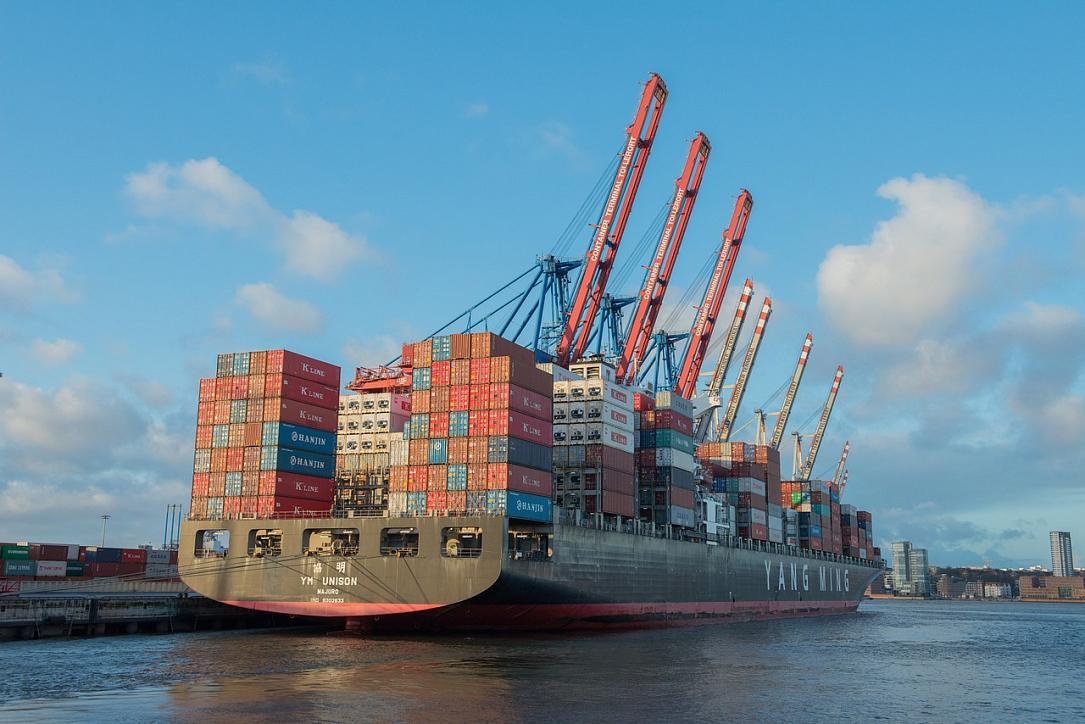Romania’s imports accelerate in February, deficit widens

Romania’s exports increased by 8.0% year-on-year to EUR 5.89 billion in February, returning to robust growth rate after sluggish performance over the previous three months.
The concerns remain relevant, despite positive message conveyed by automakers Dacia and Ford, Rompetrol Rafinare refinery and other major exporters. Furthermore, the import and deficit figures consolidate expectations for imminent exchange rate re-alignment toward a weaker local currency.
Imports kept rising faster than exports, by 11.1% year-on-year to EUR 7.04 billion, in February. The steady growth of imports was supported by higher disposable incomes and real strengthening of the local currency versus the euro: the wages rose by some 14% year-on-year in January-February expressed in comparable prices (real terms), but they rose by 16% year-on-year when expressed in euros.
Sales of new cars, a large part of them from import, soared by 35% in the first quarter, local authorities reported. Sales of non-food goods also rose by double-digit rates in both January and February putting pressure on imports.
The trade deficit in February consequently widened by 30% year-on-year to EUR 1.15 billion, after the 62% annual advance (to EUR 1.26 billion) in January.
editor@romania-insider.com
(Photo source: Pixabay.com)
















